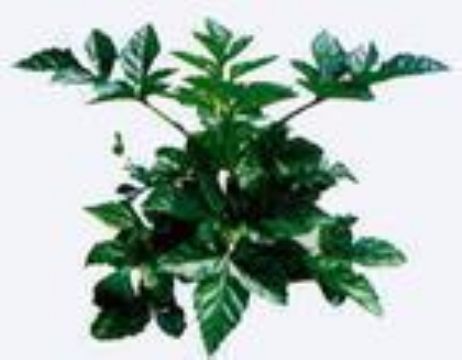Brand: jubang
Min. Order: 1kg
Oleanolic acidextractExtractsOleanolic acid 98%
Synonym: Aralia acid Oleanol, Caryophyllia, Astrantig
Synonym: Aralia acid Oleanol, Caryophyllia, Astrantigeninc, Giganteumgeninc
C A S No.: 508-02-1
Source: is a pentacyclic triterpenoids, in order to free body and the form of glycosides found in a variety of plants. The main source of Oleaceae plants extract olea europaea l. leaf; ligustrum lucidum ait. Fruits; Gentianaceae plants swertia mileensis tnhe et wlshi the whole plant; s. mussotii franch.; UMBELLIFERAE astrantia major l. of the leaves, root; Araliaceae aralia chinensis l. The root bark and bark; Cucurbitaceae hemsleya macrosperma cywu, hemsleya amabilis diels, hemsleya chinensis cogn. (the roots.
Molecular Formula: C30H48O3
Molecular Weight: 456.71
Physical properties of white needle crystal (ethanol); odorless, tasteless, soluble in methanol, ethanol, benzene, ethyl ether, acetone and chloroform, practically insoluble in water, acid-base pairs are unstable. Melting point: 308 ~ 310 , [α] 20D +68 ° to +78 ° (C = 0.15, chloroform).
Composition: pentacyclic triterpenoids Categories
Oleanolic acid is a triterpenoid compound that is widespread in nature, in particular it occurs in leaves of Olea europea L. (Oleaceae). It has been long recognized to have hepatoprotective, antiinflammatory, and antihyperlipidemic properties. Recently oleanolic acid has been noted for its antitumor-promotion effect. Little is known about the antiviral activity of this compound. In this study the effect of oleanolic acid on the growth of HIV-1 in cultures of human peripheral blood mononuclear cells (PBMC) was investigated Both oleanolic acid and ursolic acid are effective in protecting against chemically induced liver injury in laboratory animals. Oleanolic acid has been marketed in China as an oral drug for human liver disorders. The mechanism of hepatoprotection by these two compounds may involve the inhibition of toxicant activation and the enhancement of the body defense systems. Oleanolic acid and ursolic acid have also been long-recognized to have antiinflammatory and antihyperlipidemic properties in laboratory animals, and more research is warranted to develop a therapy for patients. Recently, both compounds have been noted for their antitumor-promotion effects, which are stimulating additional research in this field. Oleanolic acid and ursolic acid are relatively non-toxic, and have been used in cosmetics and health products. The possible mechanisms for the pharmacological effects and the prospects for these two compounds are discussed.
Packing Detail:
Packed in paper-drums and two plastic-bags inside. Net weight:10kgs/drum.
Storage situation:
